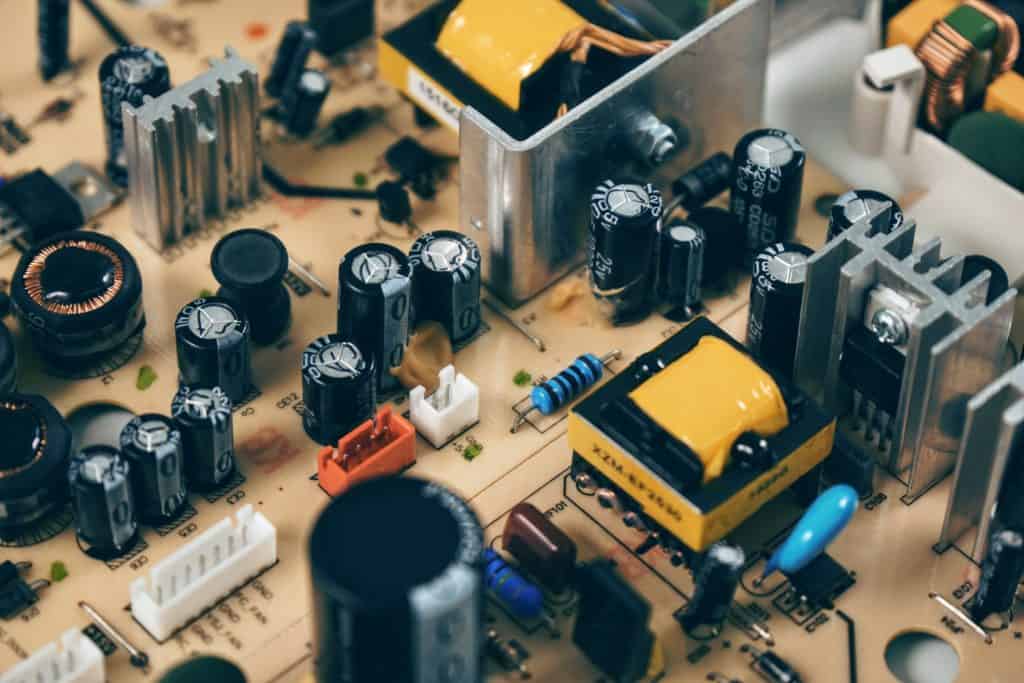Automotive Evolution – Part 1 : The Difference Between Technician and Mechanic
Auto Technicians perform Rocket Surgery:
Welcome to the introduction of a series about the ever changing landscape of the automotive industry. The Automotive Evolution is growing at an exponential rate. Every year vehicles become more complicated meaning the need for proper education is extremely important. Being an Automotive Technician means staying on the cutting edge.
So what is the difference between a mechanic and a technician? The base of both words, tech and mech, describe the systems you work on. Vehicles used to be almost completely mechanical giving birth to the title of Mechanic. As a result of the Automotive Evolution technology has taken center stage. As a Technician you must be able to work on both the mechanical and technological aspects of a vehicle because these systems are no longer separated.
Automotive Trends:
In the model year 2018 the average vehicle now contains around 65-70 computers, yet I have seen that number go well above 100 on some. This means for our industry you either embrace the change or become irrelevant. Almost all of our diagnostics now include some kind of electrical troubleshooting. Vehicles change every year and as a technician it is very important to stay ahead . As a result electrical systems went from simplistic systems to being integrated into everything a vehicle does. The engine, suspension, brakes and drive train, to name a few, are all driven at the core by a computer.
A common misconception is you do not have to be very intelligent to work on vehicles. As you may well know the day of the shade-tree mechanic is gone. I hear often, “They are making it so we have to take it to the dealership to get worked on so they can have more of my money.” Actually the computers increase the efficiency. All the energy in the vehicle, electrical or motion, comes from one place: the fuel tank. Resulting in an increase fuel efficiency and ultimately saving you money; intertwined mechanical and electrical components working together.
A code actually is:
Another common misconception is that all you need to do is plug in a computer and read what it says. I wish that was how it worked. The computer tells us what the code is and there are hundreds of codes a vehicle can throw. When a light comes on that means the computer detected a problem. It does not monitor every system in real time. The easiest way to understand this is the computer will check a sensor, run a command and check the sensor again to see if it changed the way it expected. If the result is not within a certain range you get a code and a light. This doesn’t tell me what is wrong but gives me a starting point for a diagnostic. A good analogy is every code is a labyrinth and when i get a code it doesn’t tell me how to solve the maze; it tells me what maze I’m in. The best diagnostic computer in the world is a Technician’s brain. I tell people, “before you can fix it you have to know how it works.”
In Conclusion:
At Oklahoma Technical College we recognized the large skills gap in automotive electrical technicians and the importance of electrical systems in today’s and tomorrow’s vehicles. The longest part of our program is Electrical. The best advice I can give any aspiring automotive technician is learn electrical operation and theory; it is your biggest asset, will drive your success and give you outstanding job security.
Bookmark our blog page and follow us on social media for updates on the next blog in the series.
More on Automotive Technology:








